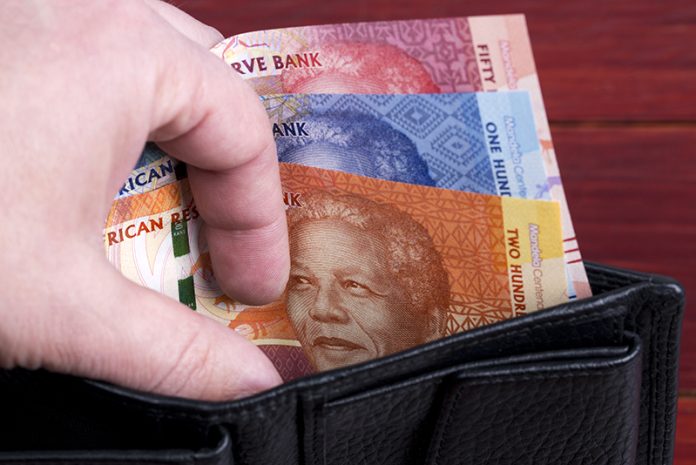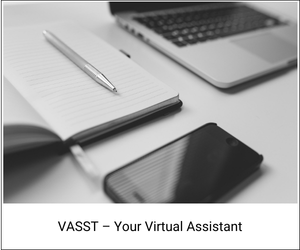What Is FIBE-Based Budgeting? The Simple, Sustainable Money Method You’ll Actually Stick To
If you’ve ever downloaded a fancy budgeting app, colour-coded your expenses, and still found yourself swiping your card with a knot in your stomach by the 20th, this one’s for you. Meet FIBE-based budgeting: a simple, flexible framework that helps you prioritise what matters and spend without guilt. It’s not about restriction; it’s about clarity.
FIBE stands for Fixed, Important, Buffer, and Enjoyment—four buckets that cover real life the way we actually live it. Whether you’re navigating Joburg rents, planning December in Durban, or just trying to keep Eskom and Uber Eats from ganging up on your wallet, FIBE gives you a calm, repeatable rhythm for your money.
Here’s how it works—and how to set it up in a South African context.
1. Fixed: The foundation you can’t skip
These are your non-negotiables—the bills that keep your life running and don’t change much month to month.
Think:
- Rent or bond
- Rates and taxes/levies
- Electricity and water (estimate a standard amount, even if it varies)
- Cell phone and fibre
- Transport minimums (car payment, insurance, monthly Gautrain/top-ups)
- Medical aid and essential insurance (car, contents, life, if applicable)
- Minimum debt repayments
Target: 45–55% of your after-tax income, depending on your life stage and location. Big-city living (Cape Town, Sandton) might push this higher; if so, look for relief in your Buffer and Enjoyment buckets rather than skipping Important.
Tips:
- Annualise and divide: Add up once-off costs like licence renewals, TV licence, SABC fees, SASSA deductions or school levies, divide by 12, and treat them as “fixed” monthly.
- Negotiate and shop around every 12 months—especially insurance and mobile.
2. Important: Future-you’s best friend
This is where your goals live. It’s also where you build resilience, so one bad month doesn’t derail you.
Think:
- Emergency fund (aim for 3–6 months of fixed expenses)
- Retirement contributions (top up if your employer plan is light; South Africans often under-save here)
- Short-term sinking funds: car service, festive season travel, school uniforms, December gifting, home maintenance
- Medium-term goals: deposit for a home, master’s degree, business seed money, immigration admin fund (if that’s on your radar)
- Investments: TFSA, unit trusts, ETFs
Target: 20–30% of your income. If that feels steep, start at 10% and step up quarterly. The key is consistency.
Tips:
- Automate the Important bucket on payday. Make it disappear before you can spend it.
- Use a separate bank (Capitec/TymeBank/Discovery/etc) for sinking funds to reduce temptation.
- If you earn irregular income (hello freelancers and commission earners), set your Important amounts as percentages, not random values.
3. Buffer: Because life’s
We don’t live in spreadsheets. Load shedding means eating out, your geyser bursts, your cousin’s lobola celebration is out of town, petrol jumps (again), and you still need rooibos and bread. Buffer is your flex cash that catches the unpredictable without dipping into debt.
Think:
- Groceries (prices vary with specials and loadshedding-friendly food)
- Fuel fluctuations
- Once-off medical co-pays
- Small home or car surprises
- Those two weeks before a performance bonus hits
Target: 10–20% of income. You’ll use most of it monthly—this is not the same as an emergency fund, but it reduces the need to swipe a credit card for regular hiccups.
Tips:
- Keep Buffer in your main account and actually track it weekly. A Sunday-night five-minute check-in goes far.
- If you don’t use all your Buffer, sweep leftovers to “Important” at the month’s end.
4. Enjoyment: Guilt-free living
Because life is now, if your budget doesn’t include joy, it’s a punishment plan—and you’ll rebel.
Think:
- Coffee dates, markets, Pilates classes, hair and nails
- Date nights, rugby tickets, prepaid data for a midweek YouTube spiral
- Weekend getaways to Clarens or Paternoster
- Hobbies: pottery, hiking permits, books
Target: 10–15% of income. If you’re paying off high-interest debt, you may trim this temporarily—but don’t cut it completely. A small, protected Enjoyment bucket keeps you consistent everywhere else.
Tips:
- Set personal “no-judgement” allowances—R300/R500 per week—so you can say yes without overthinking.
- Rotate splurges: one nice dinner this month, a facial next month.
How to set up your FIBE in 30 minutes
- Step 1: Pull your last 3 months of statements. Highlight must-pays (Fixed), then anything that’s savings/investing (Important), then the variable life stuff (Buffer), and finally the fun (Enjoyment).
- Step 2: Add annual/quarterly costs and smooth them into monthly “Fixed” or “Important” lines.
- Step 3: Assign percentages that fit your reality. Example for a mid-level salary in Pretoria:
- Fixed: 52%
- Important: 23%
- Buffer: 15%
- Enjoyment: 10%
- Step 4: Automate payday transfers for Important. Create labelled savings pockets (Emergency, December, Car Service).
- Step 5: Track Buffer + Enjoyment weekly. A notes app or simple spreadsheet is enough.
Why FIBE works for South Africans right now
- Inflation-aware: By separating Buffer from Fixed, you absorb petrol and grocery spikes without raiding savings.
- December-proof: Sinking funds in Important make festive travel and gifting cash-flow friendly.
- Flexible for variable pay: Commission, tips, and freelance income slot neatly into percentage-based buckets.
- Mental health friendly: Enjoyment is built in. No more “I failed my budget” shame spiral after a weekend in Dullstroom.
- Debt-smart: Fixed includes minimums, Important handles extra repayments strategically, and Buffer reduces “oops” swipes.
Common pitfalls (and how to avoid them)
- Calling everything Fixed: If it can be reduced or skipped for a month, it’s not Fixed. Be honest.
- Forgetting annuals: Licences, school fees top-ups, car services—if you don’t pre-plan, they’ll feel like emergencies.
- Over-optimising: You don’t need the perfect app. One bank account and named pockets work.
- All-or-nothing thinking: Missed a week of tracking? Start again next week. The power is in returning.
Tools that play nicely in SA
- Bank pockets/vaults: FNB “Savings Pockets,” Capitec “Goal Saver,” TymeBank “GoalSave,” Nedbank “MyPocket”
- Low-fee investing: TFSA with EasyEquities or your bank
- Quick tracking: 22seven, or a simple Google Sheet
A quick example
You earn R25,000 after tax. Your FIBE could look like:
- Fixed R13,000
- Important R5,500 (R2,000 emergency, R2,000 retirement/investing, R1,500 sinking funds)
- Buffer R4,000 (groceries, fuel variance, co-pays)
- Enjoyment R2,500 (R600/week + a little extra)
After three months, you notice Buffer is always tight, and Enjoyment has leftovers. Shift R500 from Enjoyment to Buffer. No guilt. That’s the point.
Bottom line
FIBE-based budgeting gives you a clear map and permission to live. It’s structured enough to build wealth and flexible enough for authentic South African life—from load shedding to long weekends. Start simple this payday, automate the Important stuff, protect a bit of joy, and let the rest adjust as you go. Future you (and present you) will feel the difference.
LotsOfLove, SL




